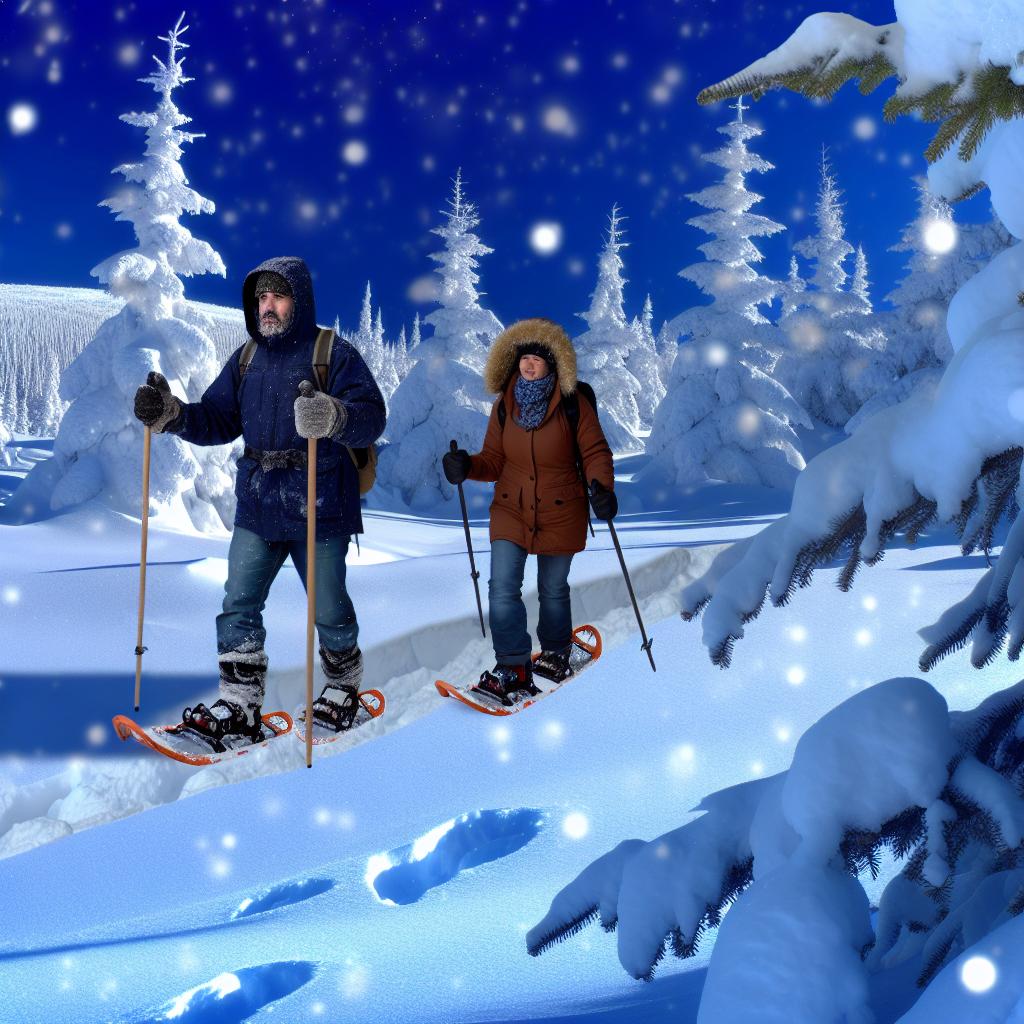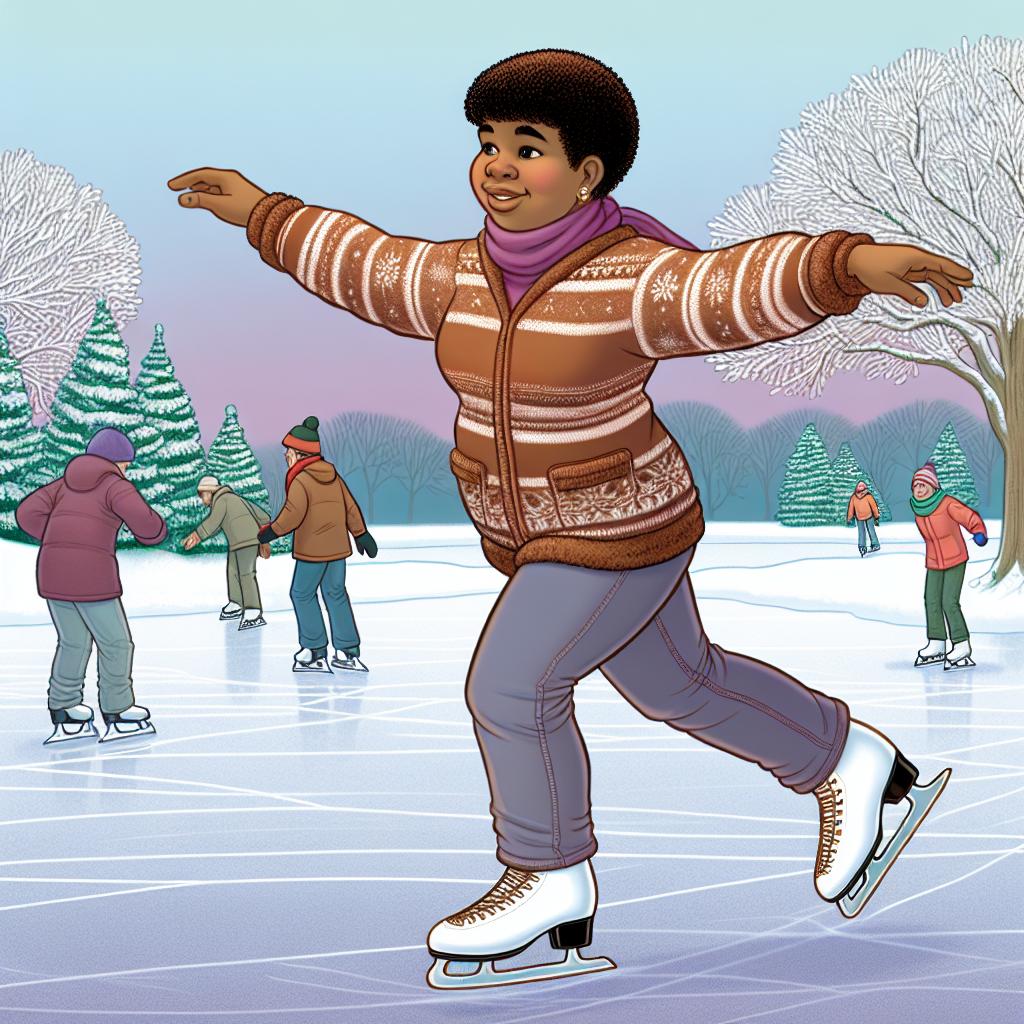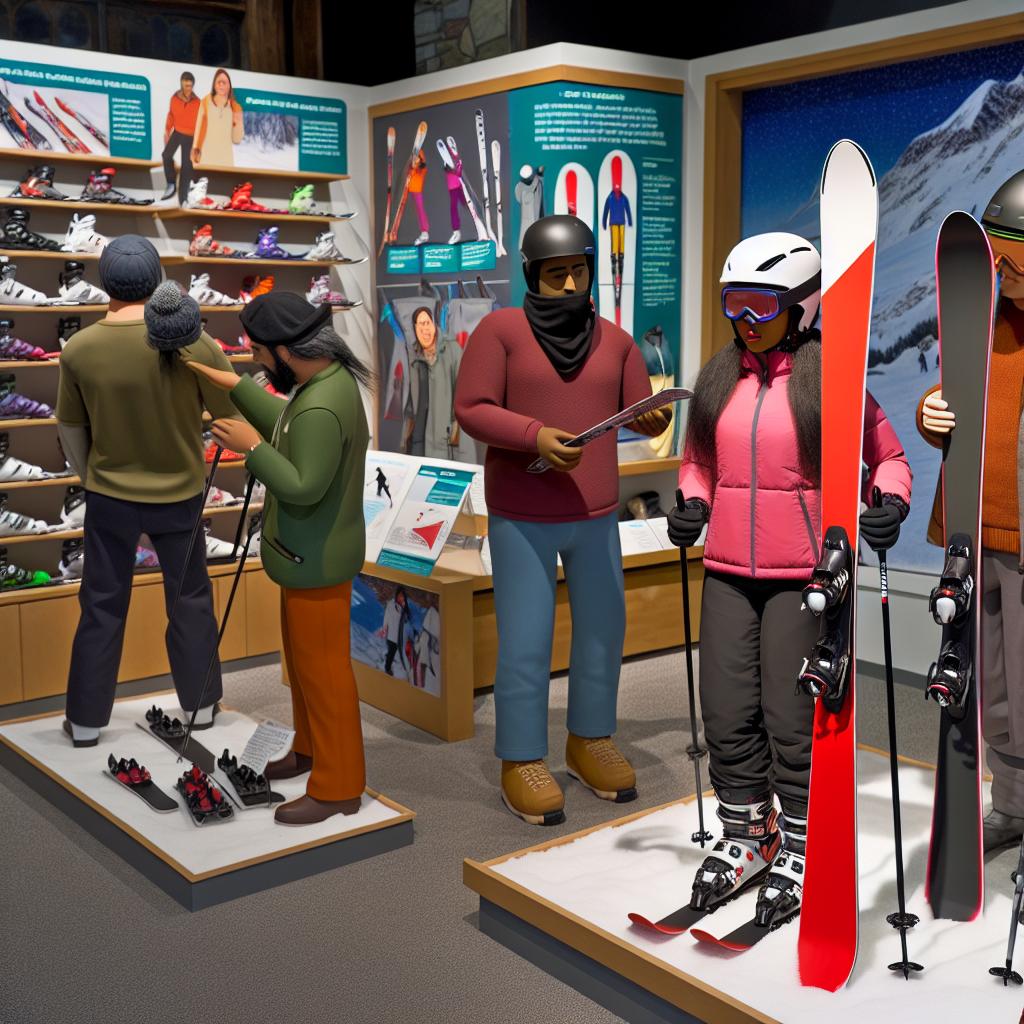Overview of Snowshoeing
Snowshoeing stands as a fascinating fusion of history and modern recreational activity. What originated as a vital means of traversing snowy landscapes, employed by indigenous populations for centuries, has transformed into a popular winter sport. The nuances of snowshoeing not only unfold a gateway to the serene beauty of winter wilderness but also present a platform for a thorough physical workout. In understanding this ancient yet contemporary mode of travel, one can enjoy a fulfilling and secure experience while venturing into snow-clad areas.
The Evolution of Snowshoes
Traditionally, snowshoes were crafted with pragmatic designs made from materials like wood and rawhide. These designs focused on maximizing surface area to effectively distribute weight and prevent individuals from sinking into snow. Modern advancements have revolutionized snowshoe manufacturing, employing lightweight materials such as aluminum and synthetic fibers. These materials enhance the durability and flexibility of snowshoes, making them more efficient and user-friendly.
Mechanics of Snowshoes
The core functionality of snowshoes lies in their ability to provide flotation. Spreading the user’s weight over a larger surface area allows for more efficient movement across snowy terrains. Beyond flotation, modern snowshoes are equipped with various features, including traction elements like cleats and crampons, which offer additional grip during challenging maneuvers such as ascending and descending slopes.
Choosing Snowshoes: A Deliberate Decision
When selecting snowshoes, several key considerations must be addressed to ensure optimal performance and safety. Your body weight, combined with any additional gear, plays a critical role in determining the size and capacity of the snowshoe. Moreover, snow conditions and potential terrains intended for exploration influence the choice of snowshoe types. Deciphering these variables can aid in selecting footwear perfectly suited to one’s needs.
Mastering the Art of Snowshoeing
Getting into the rhythm of snowshoeing requires practice yet is relatively intuitive. A wider stance is imperative to avoid interference from overlapping snowshoes. When navigating slopes, the technique involves different emphasis: applying pressure through the toes while ascending, and conversely, distributing weight over the heels during descents, ensures stability and effective progress.
Ensuring Safety in Snowshoeing
Safety remains paramount during any outdoor activity, including snowshoeing. Being vigilant about weather patterns, understanding avalanche risks, and ensuring the reliability of equipment can prevent many potential hazards. Equipping essentials, such as maps, compasses, and first aid kits, serves as prudent preparation for unforeseen circumstances. Sharing your intended route and expected return with someone can act as a safeguard against emergencies.
For those newly venturing into snowshoeing, engaging in professionally guided tours can be immensely valuable. These tours provide not only structured learning but also enrich the experience by connecting with seasoned guides who can impart both knowledge and enthusiasm for the sport.
Snowshoeing: A Fusion of Fitness and Nature
Engaging in snowshoeing merges cardiovascular benefits with muscle-strengthening advantages. The exercise routines encompass varying aspects of fitness, enhancing agility and endurance. While trudging through snowy trails, the muscles in the legs, particularly the quadriceps, hamstrings, and calves, are actively engaged, leading to their strengthening over time.
Environmental Awareness While Snowshoeing
Snowshoeing is an activity that naturally cultivates environmental mindfulness. The serene ambiance of snowy landscapes calls attention to the broader spectrum of environmental preservation. Practicing ‘Leave No Trace’ principles ensures that the pristine beauty of nature remains untouched for future exploration and appreciation.
Embracing the Challenge of Varied Terrains
One of the exhilarating aspects of snowshoeing is tackling the diverse terrains that winter landscapes offer. Whether it’s the smooth trails winding through dense forests or the rugged escarpments of mountainous regions, each environment brings unique challenges. Versatility and adaptability to these surroundings enrich the experience, offering both beginner and seasoned enthusiasts a palette of novel adventures.
Innovative Technology in Snowshoe Design
Advancements in snowshoe technology continue to broaden the capabilities of enthusiasts stepping into this winter sport. Recent innovations focus on enhancing comfort, traction, and ease of use. Features such as heel lifts for hill climbing, advanced binding designs for more secure foot placements, and enhanced materials for lightweight yet sturdy constructions contribute to an increasingly refined winter experience.
Integrating Snowshoeing into Training Regimens
For fitness enthusiasts, snowshoeing provides a viable option for integrating cardiovascular and resistance training into regular fitness schedules. The sport’s low-impact nature, combined with the dynamic challenges it presents, fosters a comprehensive workout, aiding in overall health improvements. It also presents a break from conventional indoor exercise routines, adding diversity that keeps fitness regimens engaging.
Exploring snowshoeing unlocks a gateway into an eloquent amalgamation of historical tradition and modern recreation. By learning and embracing its intricacies, one can foster a profound connection with nature, stimulate physical wellness, and experience the serene tranquility that accompanies a day spent in snow-covered expanses. Embarking on this journey with preparation, awareness, and a willingness to learn will ensure that snowshoeing becomes not just an activity but a cherished winter tradition.



